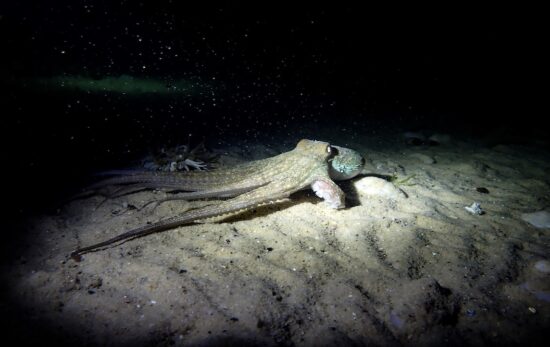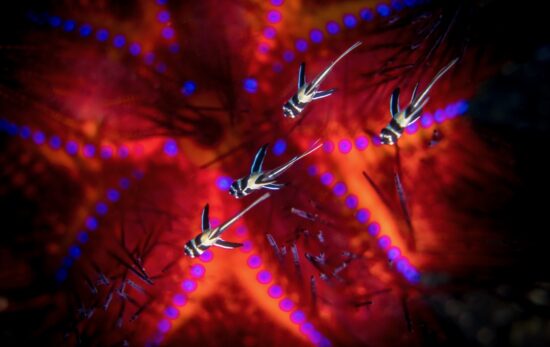Have you ever wondered about how deep can a scuba diver go? There is no single answer to this question; it all depends on each diver’s experience and certification level. If you’re curious about how deep a scuba diver can go, whether they’re a PADI Open Water Diver or a PADI Advanced Open Water Diver, read on!
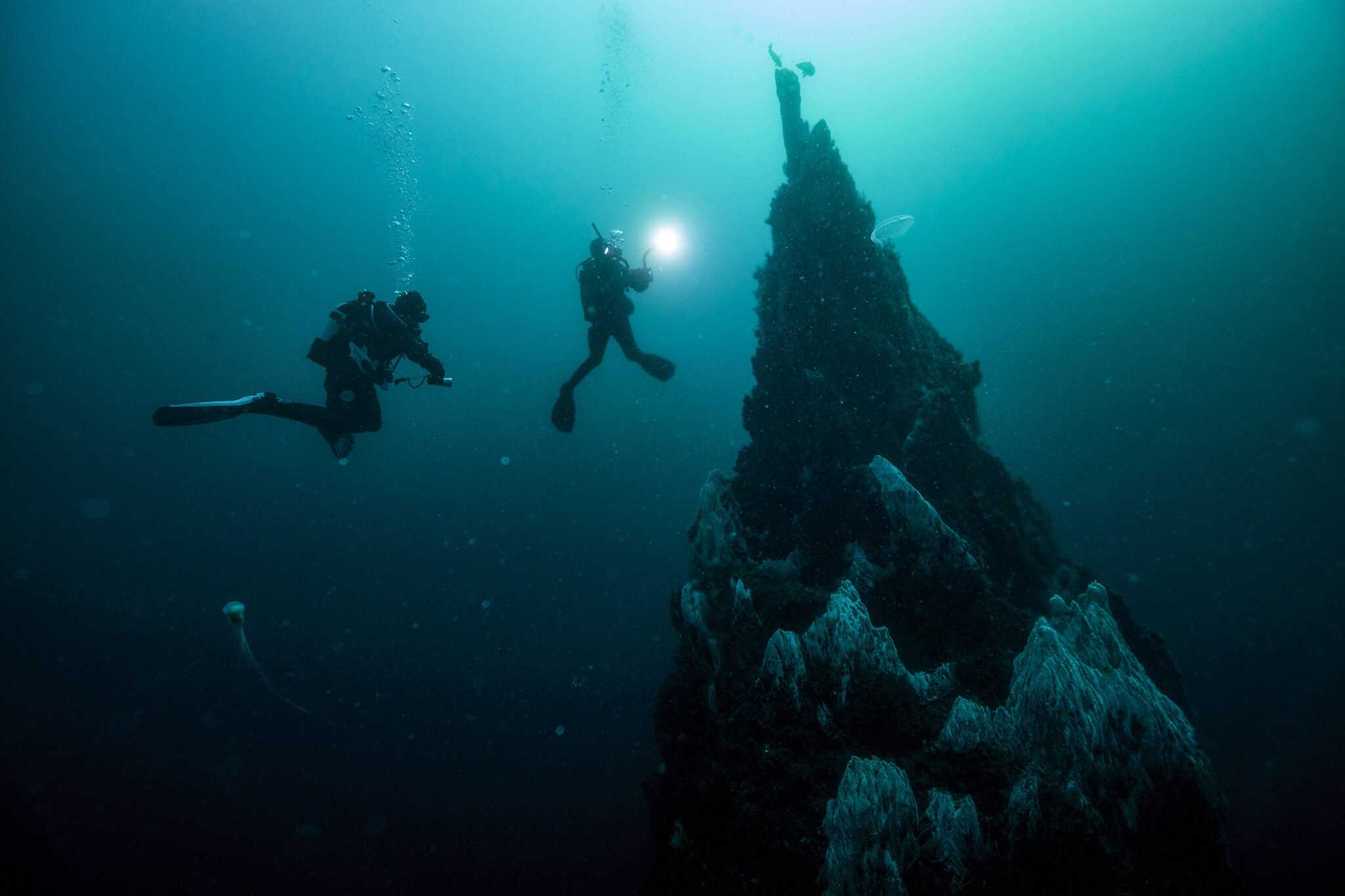
Why Go Deep?
Anyone who has taken a scuba diving course knows that one of the first questions people ask you is, “How deep do you dive?” And it’s natural for non-divers to be curious about what lies at the depths of the sea.
But for scuba divers, it’s not so much about diving just to go deep. It’s about what you see once you’re there.
It is a well-known fact that many of the best dive sites are fairly shallow. For example, kelp forests are incredibly biodiverse ecosystems. They require shallow depths so they can get the sunlight they need for photosynthesis. And although there are some deep-water specimens in the coral family, most of the vibrant reef-building corals that are so full of life and attract divers from all over the world are at depths well within the reach of Open Water Divers. That said, there are some good reasons to head a little deeper.
Here are just four of the reasons why divers might want to dive deeper:
1. To Explore Wrecks
Whether sunk because of a storm, war or intentionally to make an artificial reef, wrecks are fascinating to explore. But many of them, especially larger ones, lie at great depths. For example, in the legendary Chuuk (also known as Truk) Lagoon, many of the WWII wrecks lie at around 30-40 meters (100-130 feet) depth. That’s just one of the reasons why it attracts so many deep and tec divers.
2. To Find Unique Marine Life
Certain species live or feed deeper than others. As you go deeper, new types of wildlife become more common than at shallower depths. You might find manta cleaning stations at depth or sharks that gather to feed on fish carried by deep currents.
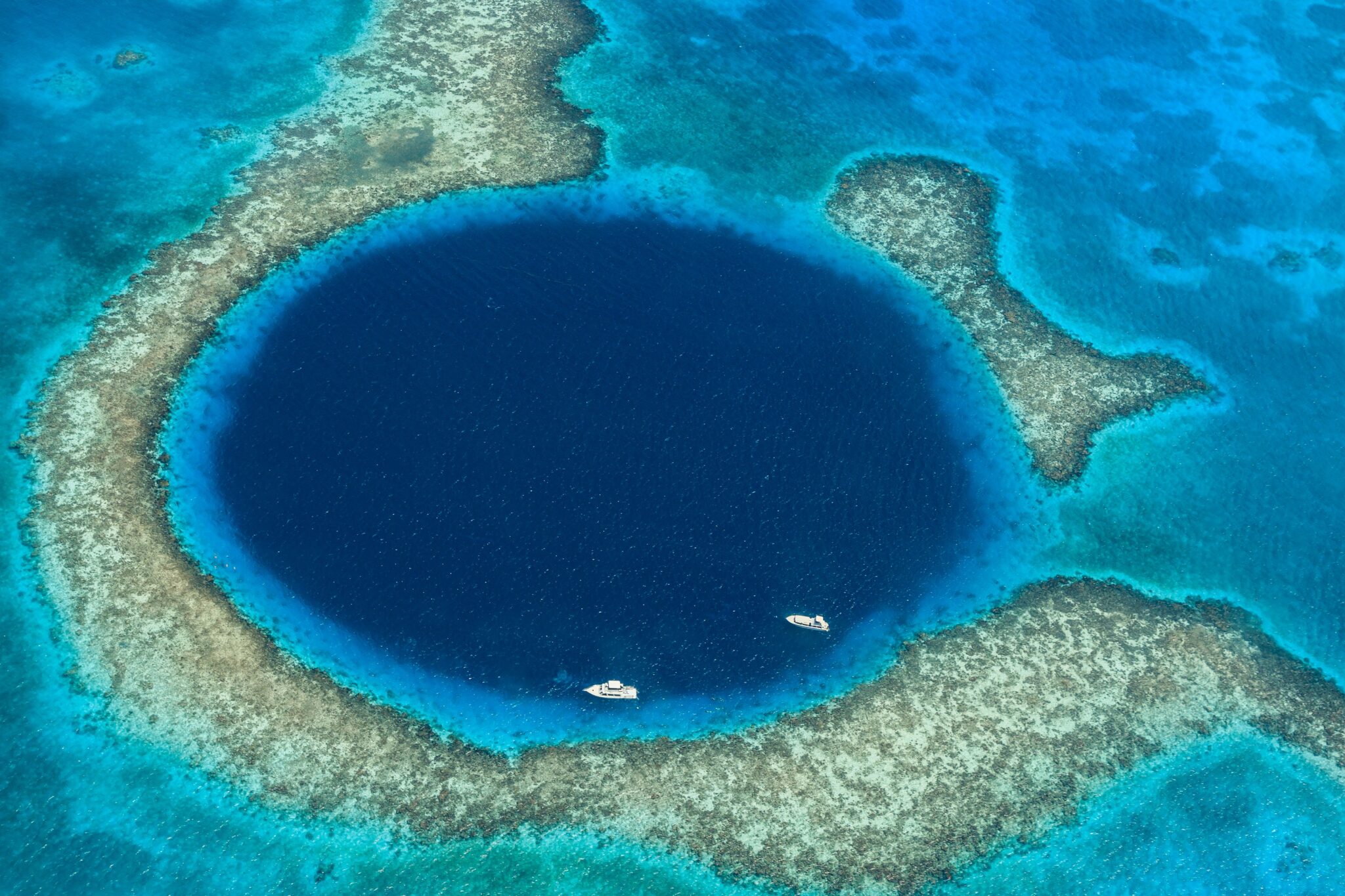
3. To Explore New Dive Sites
By increasing the depth you can dive to, you can access a whole new world of dive sites that were previously inaccessible. Some sites, like the famous Blue Hole in Belize, are only recommended for those with a PADI Advanced Open Water Diver certification or above. Others, like the Angelita Cenote in Quintana Roo, Mexico, have unique features beyond the depth limit for PADI Open Water Divers. At 30 meters/100 feet, you descend through an eerie, thick white cloud of sulfur and hydrogen. Below this, you step into a deeper layer of clear water.
4. To Recover Lost Objects
Participating in search and recovery can be exhilarating and even necessary when you’ve lost a piece of equipment. However, some lost objects may be at depths deeper than 18 meters/60 feet. If you want to know more, enroll in the PADI Search and Recovery Diver Specialty course. You’ll learn all about the techniques used to find sunken objects and safely get them back up to the surface.
As you can see, it’s not a question of how deep a scuba diver can go. It’s more of a question of how deep they need to go to accomplish their desired goals for each dive.
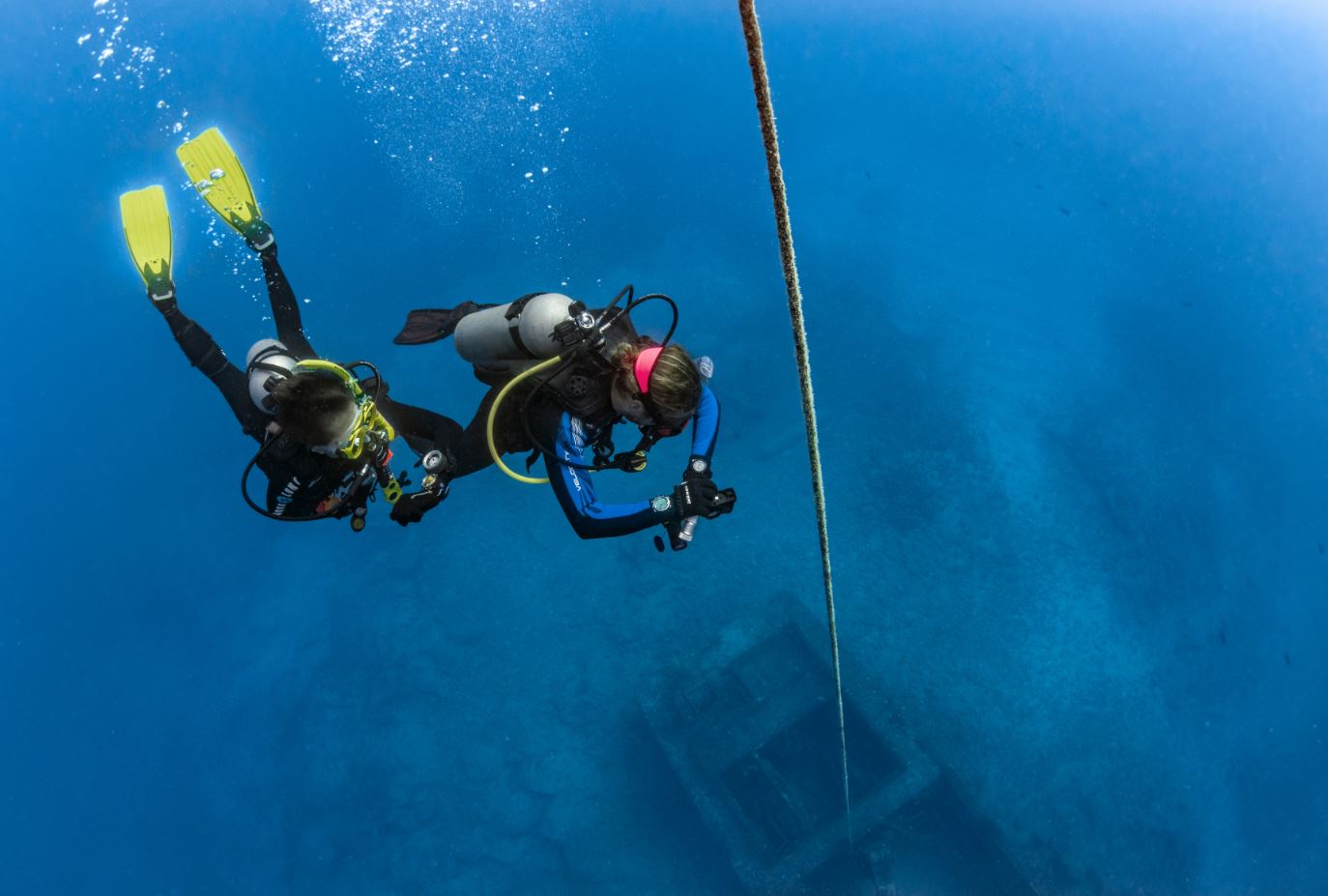
How Deep Can an Open Water Diver Go? And How Deep Can an Advanced Open Water Diver Go?
As you learn to dive, you build skills progressively, and it’s the same when it comes to depth. To go deeper, you need to learn new skills, like air management at depth, the risks of gas narcosis, and deep dive planning.
That’s why after the first scuba diving certification course, as an Open Water Diver, you’re trained to dive up to 18 meters/60 feet or to the depths you reached during your course, if shallower. At this level, you learn to practice good buoyancy control, safety protocols, and the principles of dive planning, among other skills.
The next step in your diving journey is likely the Advanced Open Water Diver course. Here, you’ll have a chance to expand your diving skills and knowledge. During this course, you will learn to dive deeper, as well as study navigation skills and other specialized scuba subjects. Once certified as an Advanced Open Water Diver, you’ll be trained to dive to a maximum depth of 30 meters/100 feet.
| Certification Level | Depth in Meters | Depth in Feet |
| Open Water Diver | 18 Meters | 60 Feet |
| Advanced Open Water Diver | 30 Meters | 100 Feet |
Why Take the Advanced Open Water Diver Course?
Most people take the Advanced Open Water Diver course because they want to dive deeper for one of the many reasons explained above. However, the course teaches so much more than deep diving.
The advanced course consists of five Adventure Dives (also sometimes called specialty dives). The underwater navigation dive and the deep dive are compulsory, but students are free to choose the remaining three Adventure Dives. This means that while expanding your scuba skills and knowledge, you’ll get to test out fun adventures, like night diving, underwater photography, or drift diving.
Whatever your motivations for taking the Advanced Open Water Diver course, the increase in depth is a big step up from the Open Water Diver certification levels. Keep in mind that your bottom time for deeper dives will be considerably lower. There are two main limitations: nitrogen absorption (resulting in shorter no-decompression limits) and air consumption.
Take a look at a Recreational Dive Planner™, which shows no-decompression limits for recreational diving. You can use it to calculate how long a scuba diver can stay at a given depth due to the increasing amount of nitrogen absorption that occurs as divers go deeper. You’ll see that at 18 meters/60 feet, your maximum bottom time is 56 minutes. However, when you dive to 30 meters/100 feet, it’s only 20 minutes. Similarly, the deeper you go, the quicker you will breathe through your air, also resulting in a shorter dive time.
That’s why deeper diving requires more safety protocols, awareness, and dive planning to know when it’s time to start ascending.
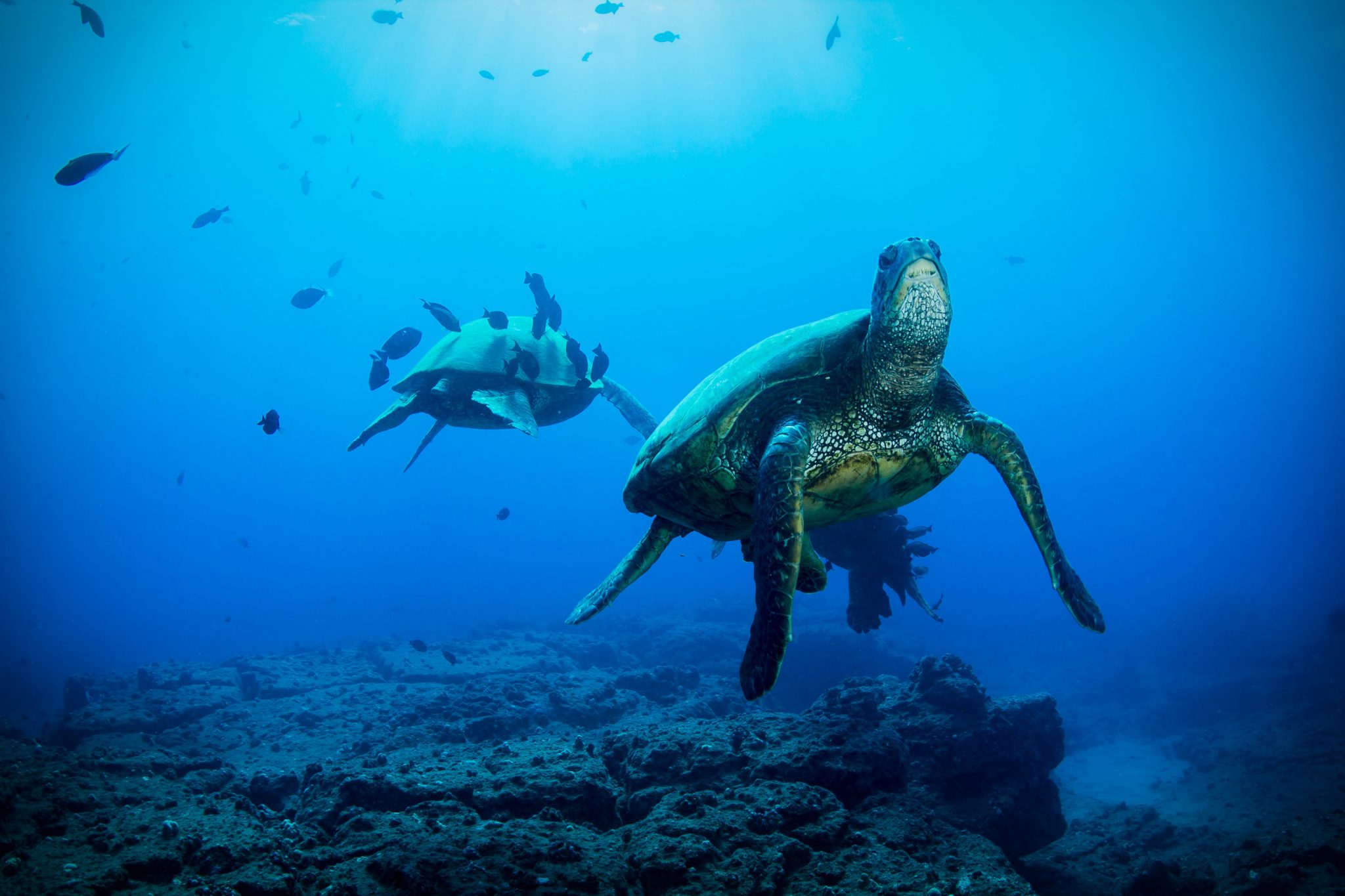
Want to Dive Even Deeper?
If you want to answer the question of how deep a scuba diver can go and progress beyond the 30-meter/100-foot limit of your Advanced Open Water Diver certification, there are plenty of courses available to take you to new depths.
- The Deep Diver Specialty course will teach you everything you need to dive to 40 meters/130 feet. This is the deepest you can go in recreational diving, diving with air and without decompression stops.
- Beyond that depth, you may want to check out the PADI TecRec Technical Diving courses. By progressing into these courses, you’ll learn how to plan and execute technical dives to 40 meters/130 feet and beyond. You will use special equipment and dive planning procedures, as well as specialized gas mixtures, to stay at these depths longer than recreational diving allows.
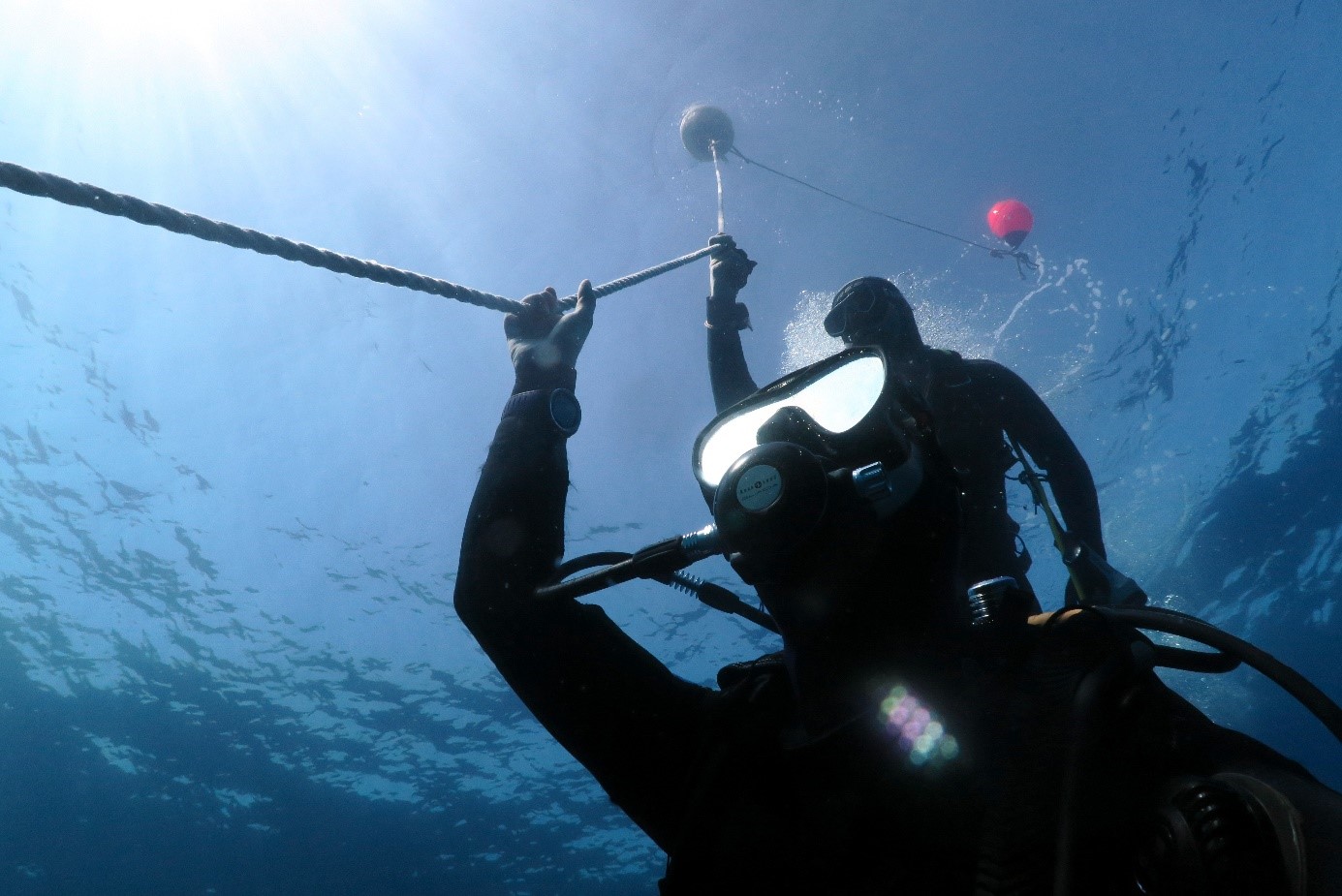
No matter what your skill or experience level may be, make sure that you always dive within your limits. Always be sure that you are trained and certified to dive to the depth and in the environment that you wish to explore. That way, you can safely enjoy the wonders of the deep.
Whether you want to become an Open Water Diver, progress toward your Advanced Open Water Diver certification, or complete the Deep Diver Specialty course, get started now with PADI eLearning.


